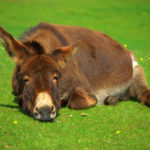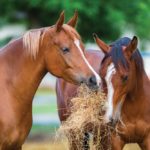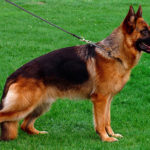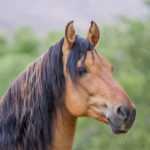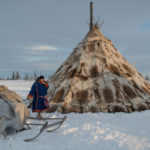Rodeo
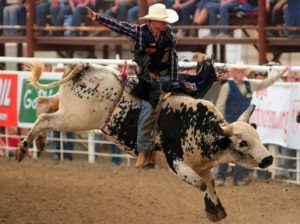 Rodeo – most often the word, most people associate with another more familiar to the ear – Cowboy. And although the majority of the cowboy is associated with Westerns, where these dashing horsemen ride horses and burn them from the Colts, we should not forget that these were ordinary shepherds who drove herds across the prairies.
Rodeo – most often the word, most people associate with another more familiar to the ear – Cowboy. And although the majority of the cowboy is associated with Westerns, where these dashing horsemen ride horses and burn them from the Colts, we should not forget that these were ordinary shepherds who drove herds across the prairies.
This work was hard and only strong, hardy and agile people took it. And nowadays rodeo is a competition of cowboys in their skill.
History, description, traditions and types of rodeo
Not only did they have to spend almost all their time in the saddle and be able to manage their livestock well, so it was also necessary to protect livestock and themselves from those who wanted to take possession of these herds of Mexicans, Indians, or cowboys like them. Therefore, the cowboys were excellent riders, they are well owned lasso and carbine or revolver.
Well, since aside from this grueling work, the cowboys practically didn’t see anything, during the rest they organized themselves entertainment, competing with each other in shooting accuracy, throwing lasso and the ability to travel around wild horses or to pacify the bulls.
Over the years, these entertainments turned into real competitions and were recognized as a separate sport. In 1883, in the city of Pecos, Texas, for the first time open sport competitions were held on this sport, which was called “rodeo”. The name “rodeo” from Spanish translates as “surround” or “drive”, which, in fact, was the constant work of cowboys, gathering horses or bulls into herds.
Officially, the first rodeo competitions were held in Prescott, Arizona, in 1888. They consisted in taming wild mustangs. These wild horses, which have lived in prairie life at ease for many years, had a very wayward character and rarely succumbed to domestication. Not everyone, even a highly experienced rider, managed to ride and pacify these powerful and wild horses.
Over time, several kinds of contests were established in the rodeo, which included various professional skills of cowboys. In principle, these species have survived to the present day. Certain rules have been established that are aimed at equalizing the rights of all participants, to make these competitions as safe as possible for both participants and spectators, and of course to make them as entertaining as possible. These are: horseback riding on a wild horse without a saddle, horse racing on a wild saddled horse, horse riding a wild bull, rolling up a bull, catching a bull for a lasso.
Saddle Bronc Riding – riding a horse with a saddle. This is essentially a dressage of a wild horse, a classic rodeo. For this purpose, a halter with a rope and a special saddle are put on the horse. The horse is led into a narrow stall with a sliding door, where it cannot turn around. The rider from the side of the stall gently sits in the saddle, inserts his feet into the stirrups and is taken on a rope tied to a halter. In his shout, “Turn’er loose!”, The assistants roll the door away and the horse jumps out of the stall. Like any wild animal, a horse tries to shed its rider, making unpredictable jumps, rearing and making pirouettes.
The duties of the rider, holding the rope with one hand, and holding his balance, try to keep the saddle for 8 seconds. A wild horse can not only throw a rider off, but also cripple with a kick or crush it with its mass, sometimes turning over on its back. Success is achieved only by the ideal ability of the rider to perfectly synchronize the movements of the horse’s croup. These few moments are made from a cowboy or a winner or a loser. Judges evaluate both the actions of a cowboy and the actions of a horse in points, from 1 to 25 points. The more spectacular departure, the higher the score.
Bareback riding is riding a horse without a saddle or in the literal translation of “golospinnaya ride.” The principle of competition is the same as in the detour of a wild horse in the saddle. In this competition, the same time is set at 8 seconds, which, for a successful performance, the cowboy must hold out on a horse.
These competitions have their pros and cons. Plus, the fact that when riding bareback rider’s legs are free and can not get lost in the stirrups. And if suddenly a horse, having bumped abruptly or stopped at full gallop, tries to throw off the rider or to tip over onto its back, then the cowboy has more chances to successfully jump off the horse. The downside is that bareback on bare rump is harder on the back of a violently kicking horse. Many cowboys consider this species to be the heaviest, and the injuries of this kind are the participants who receive the most.


